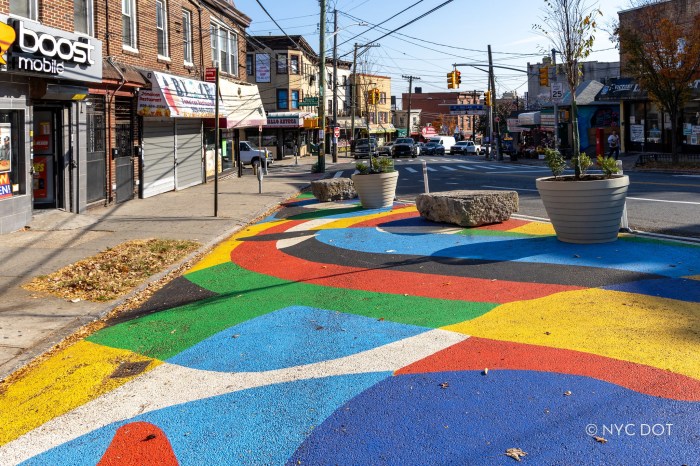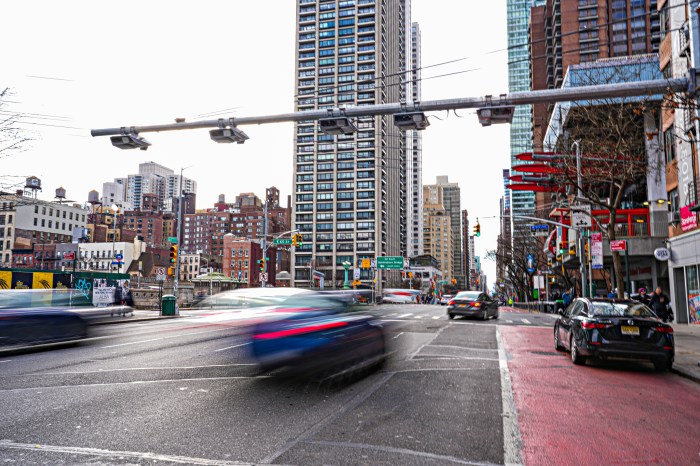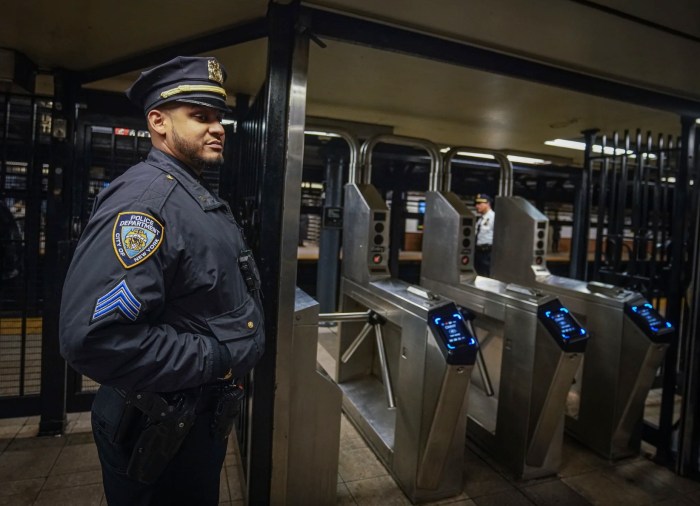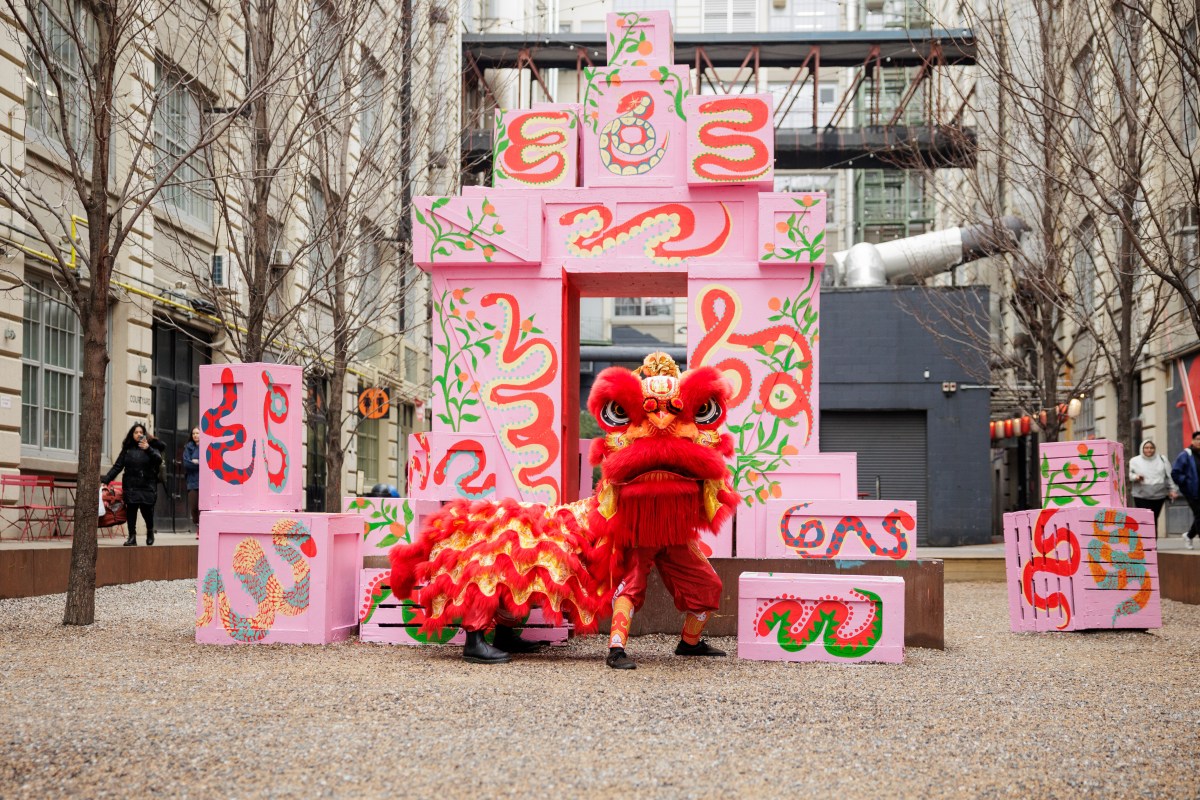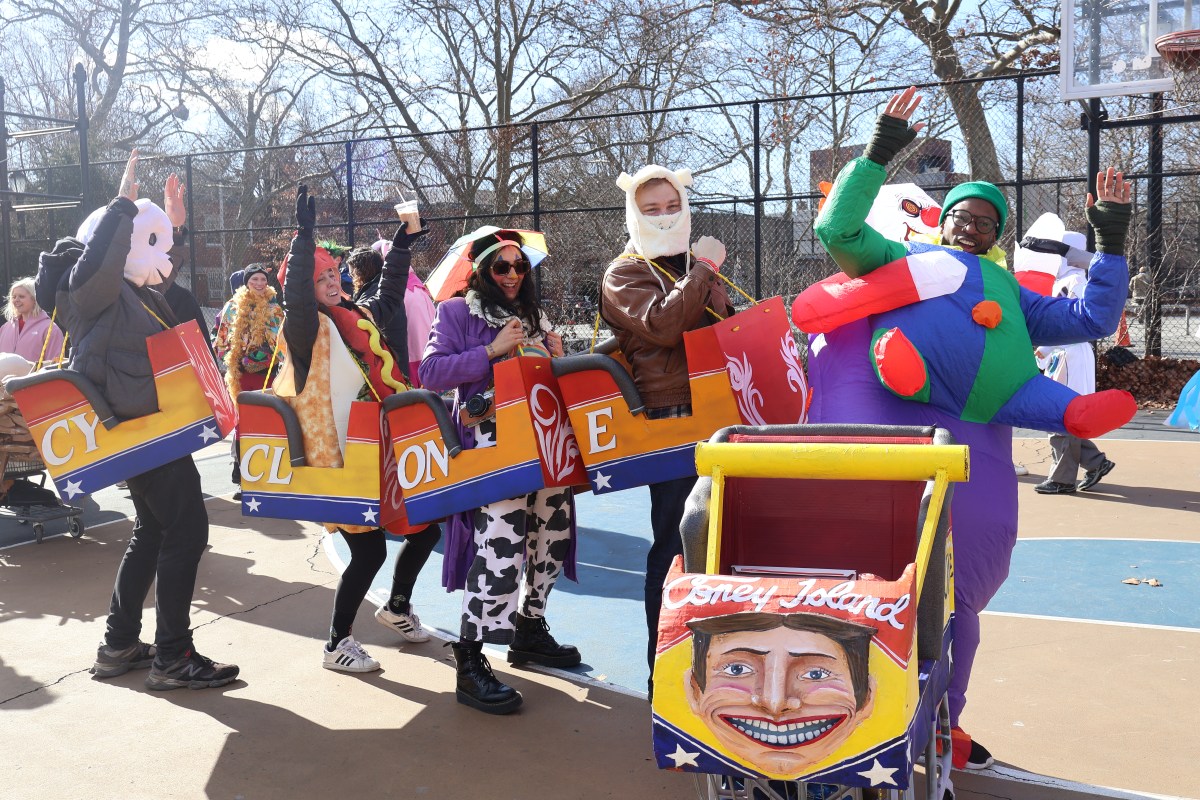
The computer system initially blamed for the 90-minute meltdown of subway service Friday evening has plagued the MTA all June and July.
A glitch with signal technology brought service to a full halt on the 1, 2, 3, 4, 5, 6 and Times Square shuttle lines at the height of the evening rush hour, stranding riders in trains and on stifling station platforms during a heat wave.
The authority flagged the same technology, known as Automatic Train Supervision, as contributing to at least 13 separate incidents that collectively delayed more than 300 trains since June 13, according to internal reports obtained by amNewYork and first covered by The City.
Except for the 7 train, operators along the numbered lines obey train signals and switches controlled by the Automatic Train Supervision, or ATS. When ATS went dark Friday, trains could no longer be routed automatically, and crews monitoring service from the Rail Control Center in Manhattan lost the ability to locate trains in the system. The backup system the MTA relies on during ATS failures "did not appear to work" Friday, according to MTA Transit President Andy Byford.
“We did not know exactly where our trains were,” Byford said Friday. “So for safety reasons we had to … instruct all trains to stop where they were, to maintain their positions, while we ascertained what exactly was going on.”
The authority has described ATS as a more modern, efficient version of the signal control system used on the lettered lines, where the MTA has a more difficult time pinpointing trains’ locations. ATS issues have, however, triggered several recent snafus, ranging from the very minor — a several-minute delay — to failures that stalled service for dozens of trains.
ATS was a “trouble cause” on June 27, when a northbound 4 train stuck at the Brooklyn Bridge-City Hall station caused service changes as well as delays for 99 trains along the 4, 5 and 6 lines, according to one internal report.
Another 61 trains were late on July 6 after ATS failed for a 6 train heading north in the Bronx, according to an internal report.
In addition to Friday’s meltdown, an MTA spokesman said the authority has identified one other occasion this year, on March 21 and 22, when there was what it considers a significant interruption of ATS. That gap delayed 85 trains, according to an incident report, but occurred on different computer servers from those involved in Friday’s outage.
Byford said the MTA was still investigating the earlier service failure and will now look for links between that incident and Friday’s mess.
“Effectively, I’m rolling these two incidents into one to identify why is it that we have suffered this apparently similar incident,” Byford added Friday.
Advocates were to rally Monday morning outside MTA headquarters in Manhattan in response to the poor performance Friday. They argued the authority should prioritize subway fixes in its next five-year capital plan, which is due in the fall.
"New Yorkers took a leap of faith in this year’s budget that transit could get better," Rebecca Bailin, a campaign coordinator for the Riders Alliance, said in a statement referencing the passage of congestion pricing. "Now it’s time for the governor and MTA managers to keep building trust with a capital plan that puts modern signals, new subway cars, and station elevators first."



